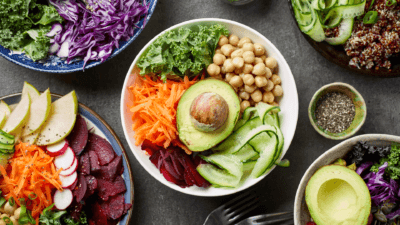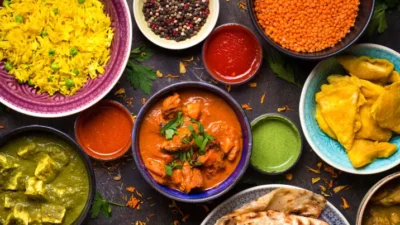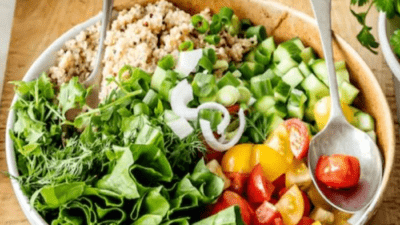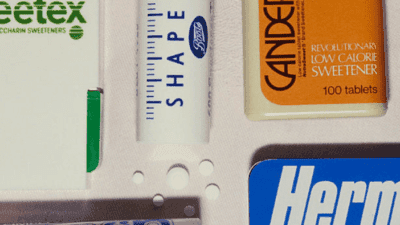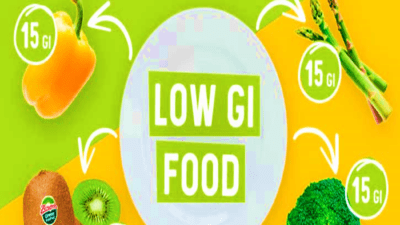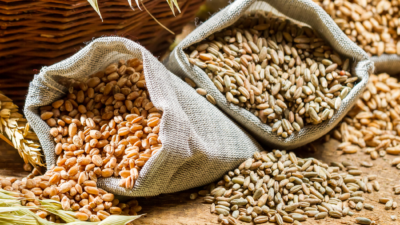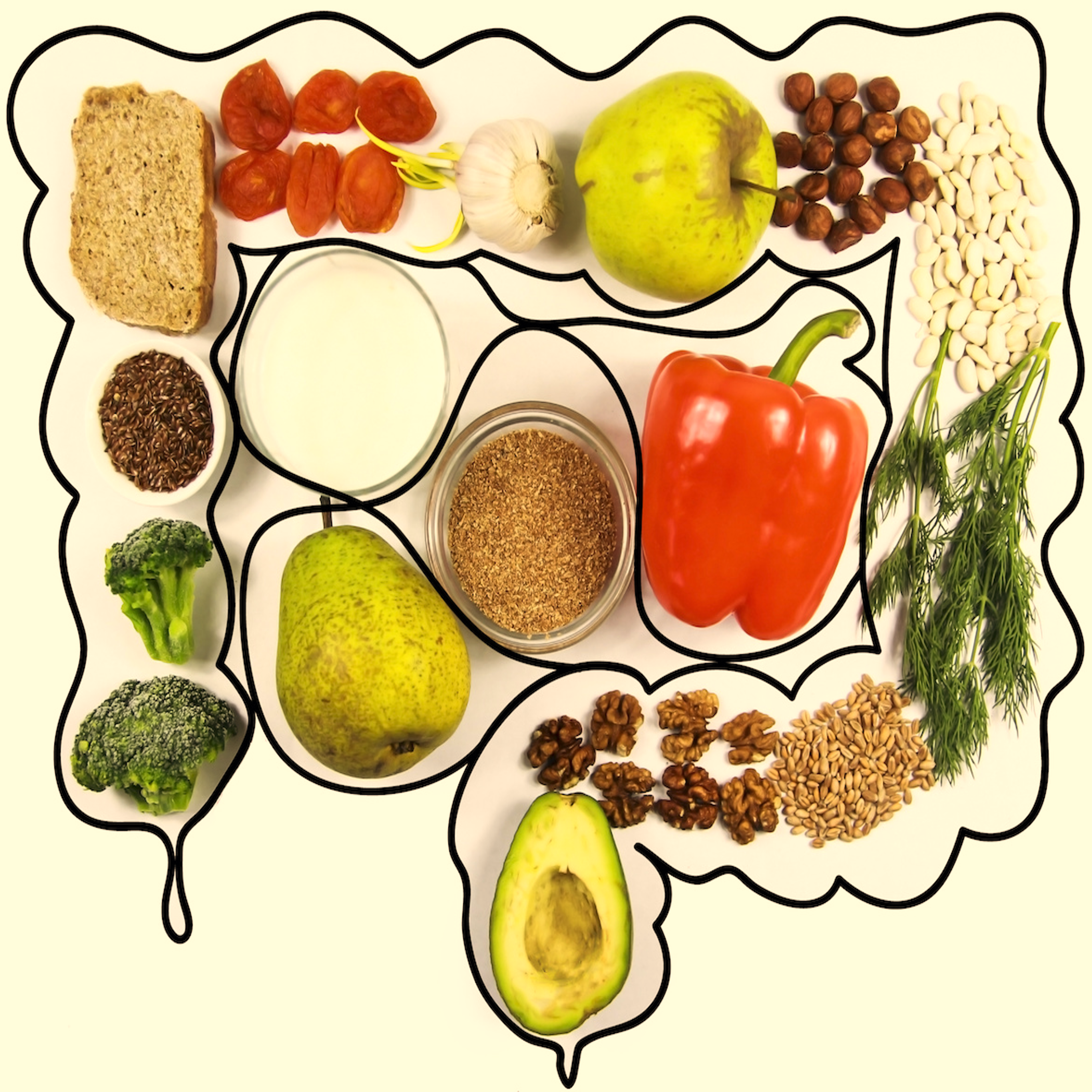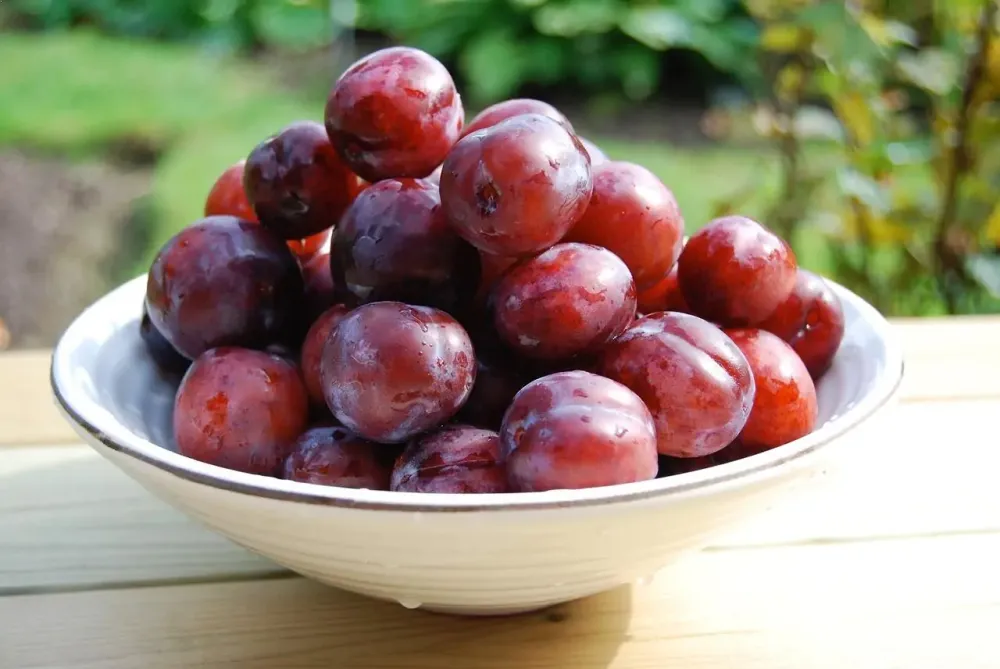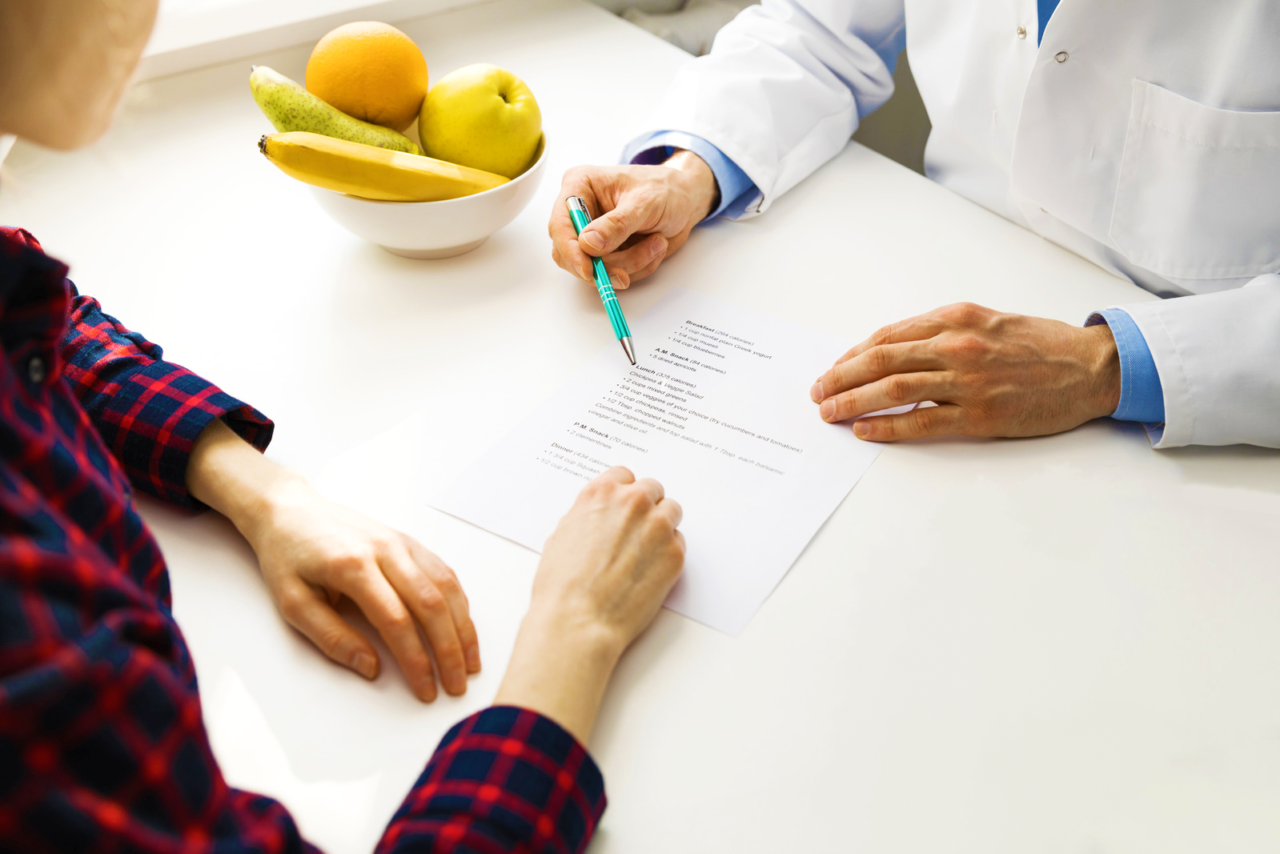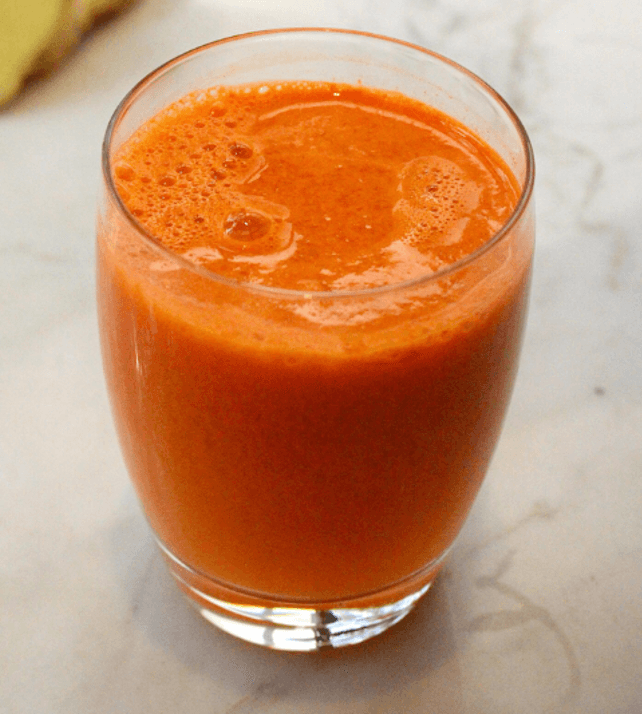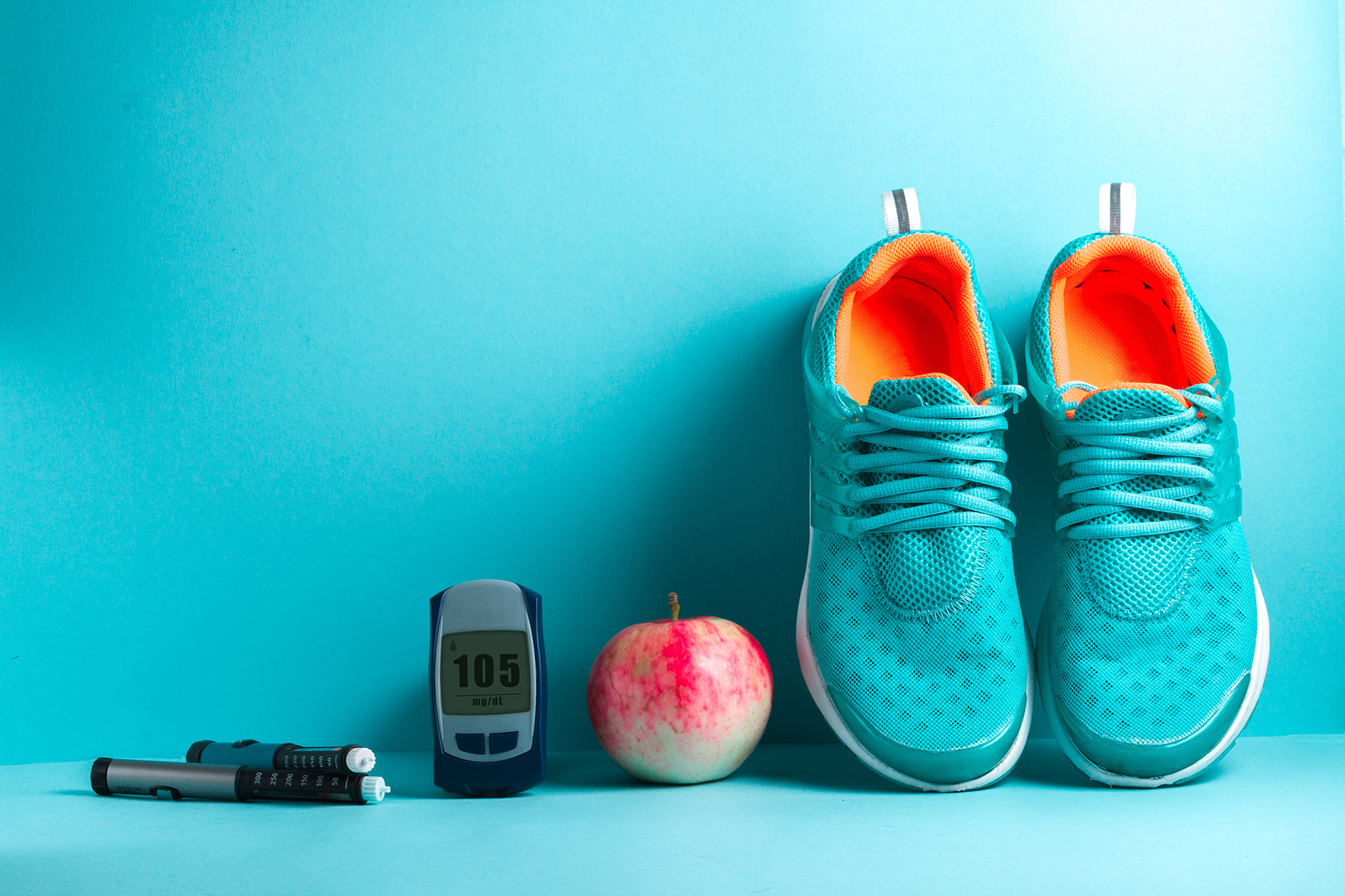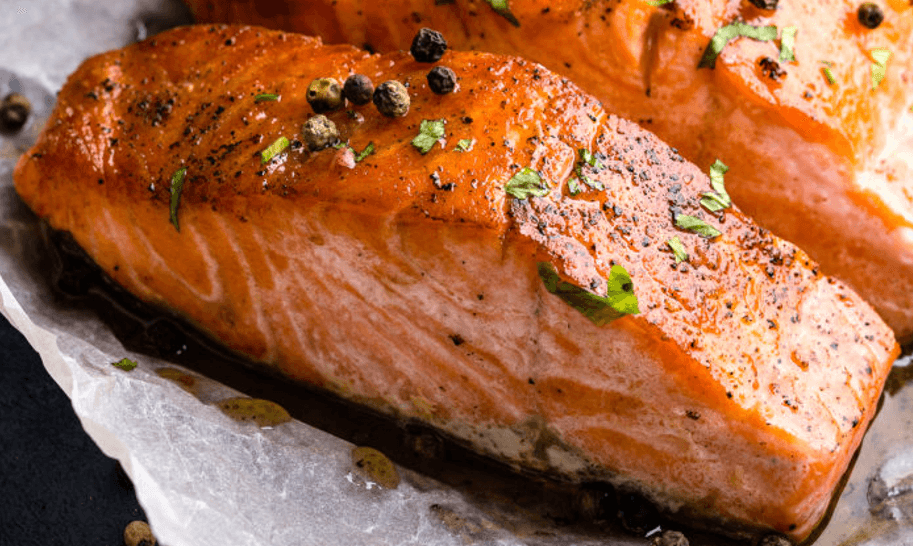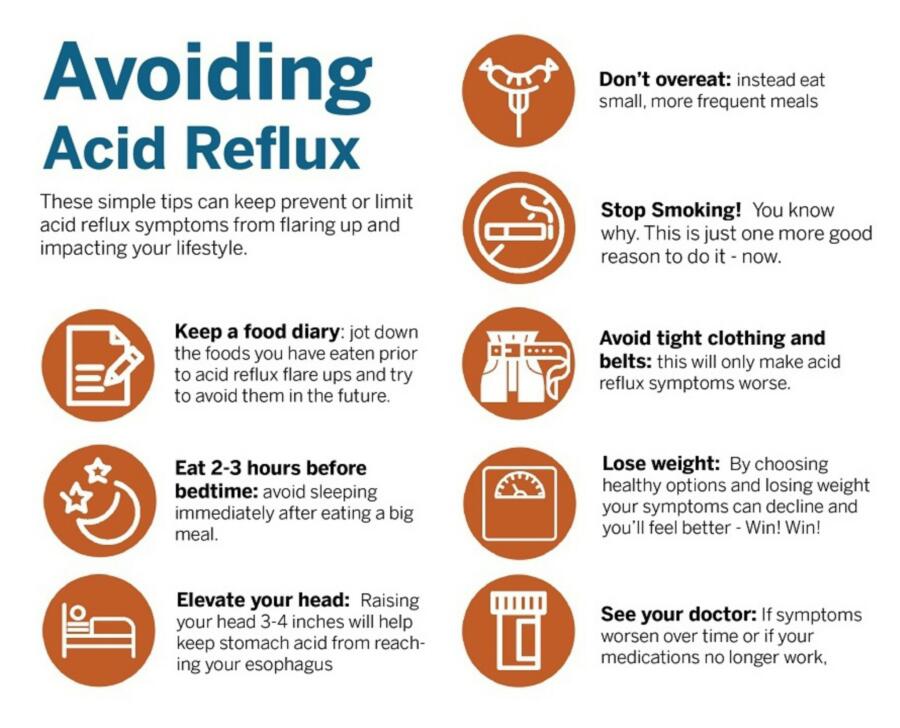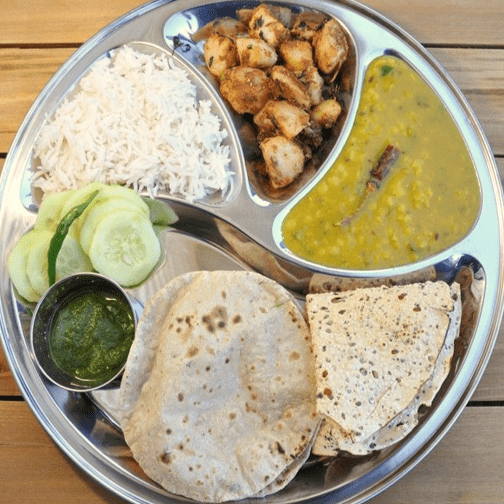Managing Type 2 Diabetes is a lifelong journey that often requires significant dietary adjustments. For individuals in India or those of Indian descent, adopting a diet plan can be particularly challenging given the rich culinary traditions and staple foods often high in carbohydrates and fats. However, with the right knowledge and strategic planning, it is absolutely possible to create an effective and delicious Indian diet guide for diabetes type 2 that respects cultural preferences while promoting optimal health.
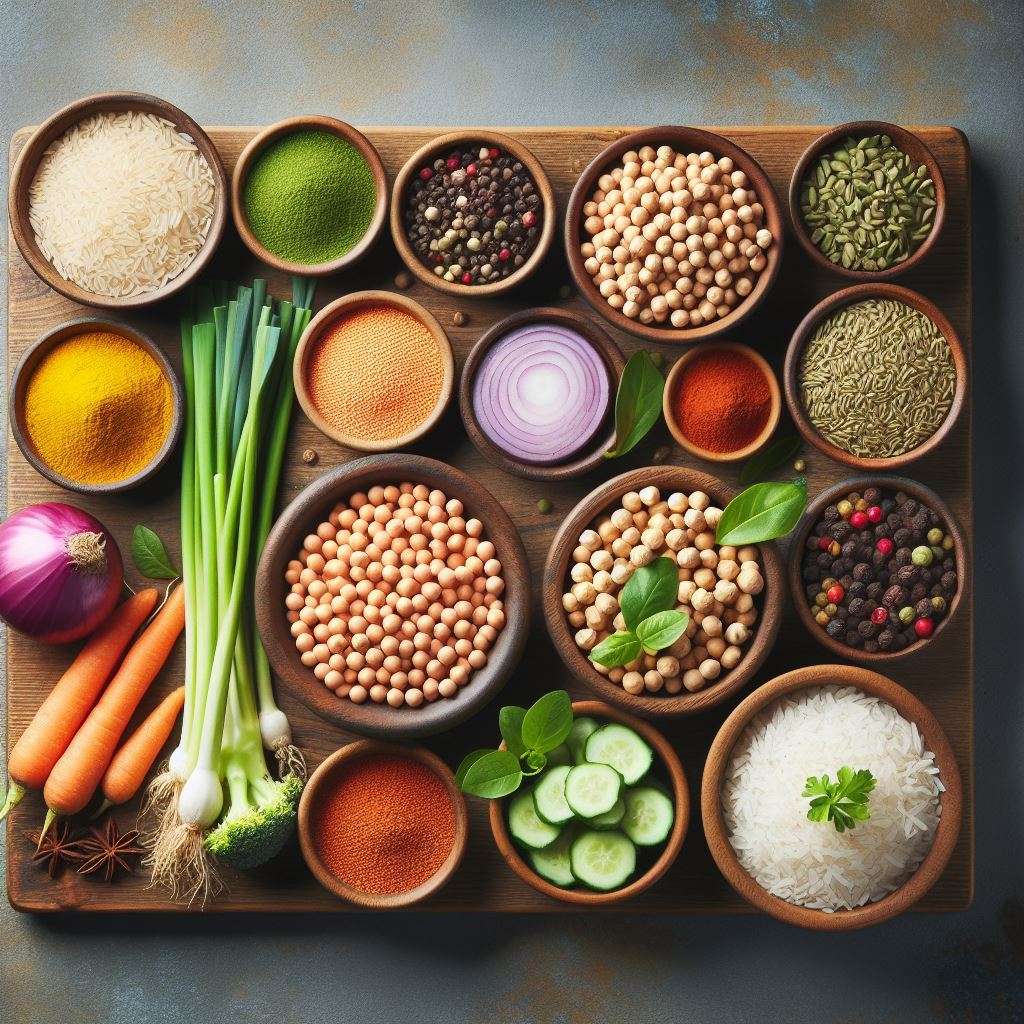
Understanding Type 2 Diabetes and Diet
Type 2 Diabetes occurs when your body either doesn’t produce enough insulin or doesn’t use insulin effectively, leading to high blood sugar levels. Diet plays a pivotal role in managing this condition, as the food we consume directly impacts blood glucose. Making informed food choices is not just about avoiding certain items, but about building a sustainable eating pattern that keeps blood sugar stable and supports overall well-being.
The Indian Context: Unique Dietary Challenges
Traditional Indian diets, while diverse and flavorful, frequently incorporate elements that can pose challenges for diabetes management. Common staples like white rice, refined flours (maida), and potatoes are high in carbohydrates and often have a high glycemic index. Additionally, the generous use of ghee, sugary sweets during festivals, and deep-fried snacks contribute to calorie and unhealthy fat intake, which can exacerbate insulin resistance and weight gain.
The cultural significance of food in India, especially during festivals, celebrations, and large family meals, also adds a layer of complexity. Food is often intertwined with identity and social bonding, making drastic dietary changes feel restrictive or culturally inappropriate. Therefore, an effective Indian diet plan for diabetes type 2 must acknowledge these nuances and offer practical, culturally sensitive solutions.
Glycemic Index (GI) and Indian Foods
The Glycemic Index (GI) is a crucial concept in diabetes management, measuring how quickly a carbohydrate-containing food raises blood glucose levels. Foods with a high GI, such as white rice, white bread, and sugary beverages, cause rapid spikes in blood sugar. In contrast, low GI foods, like whole grains, most vegetables, and pulses, result in a slower, more gradual rise in blood sugar, which is ideal for diabetes control.
Understanding the GI of common Indian foods allows you to make smarter choices. Opting for lower GI alternatives can significantly help in maintaining stable blood sugar levels throughout the day. This knowledge forms a cornerstone for building a personalized and effective Indian diet plan for diabetes type 2.
Pillars of an Effective Indian Diet Plan for Diabetes Type 2
Building a successful Indian diet plan for diabetes type 2 involves focusing on several key nutritional principles. These pillars are designed to promote stable blood sugar, support weight management, and provide essential nutrients, all while integrating seamlessly into Indian culinary traditions.
Emphasis on Whole Grains
One of the most impactful changes in an Indian diet plan for diabetes type 2 is the switch to whole grains. Unlike refined grains which are stripped of their fiber and nutrients, whole grains like brown rice, millets (bajra, jowar, ragi), and whole wheat atta retain all parts of the grain, offering complex carbohydrates and vital fiber. These complex carbohydrates are digested slowly, preventing rapid blood sugar spikes and providing sustained energy.
Incorporating these into daily meals, such as using whole wheat for rotis, cooking with brown rice instead of white, or preparing dishes with various millets, significantly improves glycemic control. Millets, in particular, are excellent choices as they are naturally gluten-free for many varieties and have a lower glycemic index compared to white rice.
Abundance of Pulses and Legumes
Pulses and legumes are powerhouses of nutrition and an indispensable part of any healthy Indian diet plan for diabetes type 2. Dals (lentils), chickpeas (chana), kidney beans (rajma), and black-eyed peas (lobia) are rich in plant-based protein and dietary fiber. Their high fiber content slows down glucose absorption, contributing to better blood sugar management and increased satiety, which can aid in weight control.
These versatile ingredients can be incorporated into various dishes, from traditional dal preparations and sambars to salads and curries. Regular consumption of pulses and legumes helps stabilize blood sugar, reduces the risk of cardiovascular disease, and supports overall digestive health, making them a crucial component of your diabetes-friendly plate.
Prioritizing Vegetables and Fruits
Non-starchy vegetables should form the largest portion of your meals when following an Indian diet plan for diabetes type 2. Leafy greens, gourds (lauki, turai), okra (bhindi), brinjal (eggplant), and bell peppers are low in calories and carbohydrates but packed with vitamins, minerals, and fiber. They add bulk to meals, helping you feel full without significantly impacting blood sugar levels.
Fruits, while healthy, contain natural sugars and should be consumed in moderation and with awareness. Opt for fruits with a lower glycemic index such as berries, apples, guava, and oranges. Always prioritize eating whole fruits over juices to benefit from the fiber. Portion control is key even for healthy fruits to prevent unwanted blood sugar spikes, ensuring they fit perfectly into your daily eating plan.
Healthy Fats and Protein Sources
Healthy fats are essential for satiety, hormone production, and the absorption of fat-soluble vitamins, and are particularly important for those managing diabetes. Incorporate sources like nuts (almonds, walnuts), seeds (chia, flax, pumpkin), olive oil, and mustard oil in moderation. It is crucial to avoid trans fats and limit saturated fats found in excessive amounts of ghee or highly processed foods. For protein, lean sources are vital for muscle maintenance and satiety.
Beyond dals and legumes, include paneer in moderation, lean meats like chicken or fish, and eggs. These protein sources have minimal impact on blood sugar and help slow down the absorption of carbohydrates from other foods, leading to more stable glucose levels. Moreover, managing your diet is crucial for protecting your cardiovascular system, as there’s a strong connection between diabetes and heart health.
Mindful Portion Control
Even the healthiest foods can raise blood sugar if consumed in excessive quantities. Mindful portion control is a cornerstone of any effective Indian diet plan for diabetes type 2. Learning to recognize appropriate serving sizes helps manage calorie intake and prevent blood glucose spikes, regardless of the food’s nutritional profile.
Using smaller plates, paying attention to your body’s hunger and fullness cues, and understanding the ideal balance of carbohydrates, proteins, and fats in each meal are practical strategies. This conscious approach to eating helps maintain consistent blood sugar levels and supports long-term weight management, which is critical in diabetes care.
Hydration: Often Overlooked
Adequate hydration is a simple yet profoundly important aspect of overall health, and especially for individuals managing diabetes. Water helps the body process nutrients, regulates body temperature, and can indirectly support blood sugar control by preventing dehydration, which can affect blood glucose concentrations. It’s an often-overlooked component of a comprehensive Indian diet plan for diabetes type 2.
Make water your primary beverage and avoid sugary drinks, fruit juices (even “natural” ones), and sweetened teas. Opt for unsweetened options like plain water, buttermilk (chaas), herbal teas, or lemon water. Staying well-hydrated helps your kidneys flush out excess sugar through urine, and prevents other complications associated with dehydration.
Sample Indian Meal Plan for Type 2 Diabetes
Implementing an Indian diet plan for diabetes type 2 becomes much easier with a practical meal plan. Here are some ideas for balanced meals and snacks that are culturally relevant and diabetes-friendly, offering variety and deliciousness while keeping blood sugar in check.
Breakfast Ideas
Starting your day right is paramount, and understanding the critical role of breakfast in managing type 2 diabetes is a key first step. A balanced breakfast can stabilize blood sugar for hours, preventing mid-morning cravings and energy crashes.
- Moong Dal Cheela with Vegetables: A savory pancake made from ground moong dal, mixed with finely chopped onions, capsicum, and spinach. High in protein and fiber, it’s a fantastic low-GI option.
- Vegetable Upma with Broken Wheat (Dalia): Instead of semolina, use broken wheat for upma, loaded with carrots, peas, and beans. It provides complex carbohydrates and essential nutrients.
- Oats Porridge with Nuts and Seeds: Cooked with skim milk or water, topped with a handful of almonds, walnuts, and chia seeds for healthy fats and fiber. Avoid added sugar and use natural sweetness from a few berries.
- Sprout Salad: A bowl of mixed sprouts (moth, moong, chana) with chopped tomatoes, cucumber, and a squeeze of lemon. This is an excellent protein and fiber-rich, no-cook option.
Lunch Ideas
Lunch should be a balanced meal that sustains you through the afternoon. The key is to combine complex carbohydrates with plenty of vegetables and a good source of protein.
- Whole Wheat Roti with Vegetable Curry and Dal: Two small whole wheat rotis served with a generous portion of seasonal vegetable sabzi (e.g., bhindi, lauki, palak paneer with less oil) and a bowl of any low-GI dal like toor dal or masoor dal.
- Brown Rice Pulao with Raita: A small portion of vegetable brown rice pulao, made with plenty of mixed vegetables, paired with a bowl of plain curd raita (cucumber or bottle gourd).
- Quinoa Salad with Grilled Chicken/Paneer: A vibrant salad featuring cooked quinoa, an array of colorful vegetables, and either grilled chicken breast or paneer cubes for protein. Dress with a light vinaigrette.
- Besan Cheela (Savory Gram Flour Pancakes): Similar to moong dal cheela but made with besan, these can be stuffed with grated paneer and vegetables for a fulfilling meal.
Dinner Ideas
Dinner should typically be lighter than lunch, consumed a few hours before bedtime to allow for proper digestion and prevent overnight blood sugar spikes.
- Lighter Dal and Vegetable Soup: A hearty soup made from mixed vegetables and lentils, seasoned with Indian spices. This is easily digestible and nutrient-dense.
- Grilled Fish/Chicken with Steamed Vegetables: A lean protein source like grilled salmon or chicken breast, accompanied by a large serving of steamed green beans, broccoli, or carrots.
- Mixed Vegetable and Paneer Stir-fry: Quick and easy, this involves stir-frying various vegetables with small cubes of paneer or tofu. Use minimal oil and plenty of spices for flavor.
- Oats Khichdi: A lighter version of khichdi made with steel-cut oats, yellow moong dal, and plenty of vegetables. It’s comforting and easy on the digestive system.
Snack Options
Strategic snacking can help manage hunger and prevent overeating at main meals, but choices must be smart to avoid blood sugar fluctuations.
- Roasted Chana (Chickpeas): A handful of roasted chickpeas provides protein and fiber, making it a satisfying and healthy crunch.
- Handful of Nuts (Almonds, Walnuts): A small portion (about a quarter cup) offers healthy fats, protein, and fiber, helping to keep you full.
- Buttermilk (Chaas) or Plain Yogurt: Unsweetened buttermilk or a small bowl of plain yogurt can be refreshing and provides probiotics without excess sugar.
- Vegetable Sticks with Hummus: Carrots, cucumber, or bell pepper sticks dipped in a small amount of hummus make for a nutritious and crunchy snack.
- Small Portion of Low-GI Fruit: An apple, guava, or a handful of berries can satisfy a sweet craving without causing significant blood sugar spikes.
Navigating Indian Cuisine: Smart Swaps and Cooking Tips
Successfully managing Type 2 Diabetes within an Indian culinary framework doesn’t mean sacrificing flavor or tradition. It’s about making smart substitutions and adopting healthier cooking methods. These simple yet effective strategies can be integrated into your daily life, forming the cornerstone of a diabetes diet with simple strategies for success.
Reducing Refined Carbs and Sugars
A crucial step in an Indian diet plan for diabetes type 2 is to minimize refined carbohydrates and added sugars. Swap white rice for brown rice, quinoa, or millets like ragi and jowar, which offer more fiber and a lower glycemic impact. For rotis and bread, choose whole wheat atta over maida, or experiment with multi-grain flours that incorporate pulses or other healthier grains. When it comes to sweets, tradition can be tough to break, but conscious choices are key.
Instead of sugar-laden desserts, opt for naturally sweet fruits in moderation or try to use natural sweeteners like stevia or erythritol in homemade sweets sparingly. Learn to enjoy the natural sweetness of spices and vegetables in your cooking. During festivals and special occasions, it is possible to enjoy traditional foods, but strategic planning is essential. With strategic planning and smart choices, it is entirely possible to enjoy these occasions while managing your diabetes during festivals and fasts effectively.
Healthy Cooking Methods
The method of cooking significantly impacts the health profile of your food. To adhere to an Indian diet plan for diabetes type 2, prioritize cooking methods that require minimal oil and preserve nutrients. Baking, grilling, steaming, stir-frying, and roasting are excellent alternatives to deep-frying (frittas, pakoras, samosas).
For curries and sabzis, use non-stick pans to reduce the amount of oil needed, or opt for healthy fats like olive oil or mustard oil in controlled quantities. Steaming idlis, dhoklas, and even some vegetable preparations retains their natural goodness without adding unnecessary calories or unhealthy fats. Small changes in your cooking habits can lead to significant health benefits.
Spices and Herbs for Blood Sugar Management
Indian cuisine is renowned for its vibrant array of spices and herbs, many of which offer potential health benefits, including aiding in blood sugar management. Turmeric, known for its anti-inflammatory properties, fenugreek (methi) seeds, which can help lower blood glucose, and cinnamon, believed to improve insulin sensitivity, are excellent examples. Ginger and garlic also possess beneficial compounds.
Incorporating these spices generously into your daily cooking not only enhances flavor naturally, reducing the need for excess salt or sugar, but also provides therapeutic effects. Consult with a healthcare professional or registered dietitian for personalized advice on incorporating specific spices for therapeutic purposes as part of your comprehensive Indian diet plan for diabetes type 2.
Lifestyle Considerations Beyond Diet
While diet is a cornerstone of managing Type 2 Diabetes, it is only one piece of the puzzle. A holistic approach that integrates other lifestyle factors is crucial for optimal health and effective blood sugar control. These elements work synergistically with your Indian diet plan for diabetes type 2 to create a robust strategy for living well with the condition.
Regular Physical Activity
Regular physical activity is vital for improving insulin sensitivity, which means your body’s cells respond better to insulin, helping to lower blood sugar levels. Exercise also aids in weight management, reduces stress, and boosts cardiovascular health. Aim for at least 30 minutes of moderate-intensity exercise most days of the week, which could include brisk walking, jogging, cycling, swimming, or yoga.
Even small bursts of activity throughout the day, like taking the stairs instead of the elevator or going for a short walk after meals, can make a difference. Consistency is key, so find activities you enjoy to make physical activity a sustainable part of your routine.
Stress Management
Chronic stress can significantly impact blood sugar levels by triggering the release of hormones like cortisol, which can raise glucose. Therefore, incorporating stress management techniques into your daily life is an important complement to your Indian diet plan for diabetes type 2. Practices such as meditation, deep breathing exercises, yoga, or spending time in nature can help calm the mind and body.
Prioritizing self-care and finding healthy outlets for stress can have a profound positive effect on your overall well-being and glycemic control. Recognizing your stress triggers and developing coping mechanisms are essential skills for living with diabetes.
Adequate Sleep
The importance of adequate, quality sleep cannot be overstated for managing Type 2 Diabetes. Poor sleep or insufficient sleep can disrupt hormone regulation, affecting appetite and insulin sensitivity, leading to higher blood sugar levels and increased cravings for unhealthy foods. Aim for 7-9 hours of uninterrupted sleep each night to support your body’s natural processes.
Establishing a regular sleep schedule, creating a conducive sleep environment, and avoiding screens before bedtime can all contribute to better sleep hygiene. Prioritizing sleep is a simple yet powerful way to support your diabetes management efforts alongside your tailored Indian diet plan for diabetes type 2.
Regular Monitoring and Doctor Consultations
While this guide provides comprehensive information, managing Type 2 Diabetes is highly personal and requires ongoing medical supervision. Regular monitoring of your blood sugar levels using a glucometer, along with periodic A1C tests, provides critical data on how your diet and lifestyle choices are impacting your health. This data empowers you and your healthcare team to make informed decisions.
Regular consultations with your doctor, a registered dietitian, or a diabetes educator are essential. They can help you personalize your Indian diet plan for diabetes type 2, adjust medications if necessary, and address any specific concerns or complications. Working closely with your healthcare team ensures that your management strategy remains effective and tailored to your evolving needs.
Conclusion: Empowering Your Journey
Embarking on an Indian diet plan for diabetes type 2 is a significant step towards taking control of your health. It demonstrates that managing this condition doesn’t mean abandoning your cultural heritage or sacrificing flavor. By making informed food choices, embracing whole grains, pulses, and abundant vegetables, and adopting healthier cooking methods, you can create a sustainable and enjoyable eating pattern that stabilizes blood sugar and promotes overall well-being.
Remember that consistency, along with regular physical activity, stress management, adequate sleep, and ongoing medical guidance, are all crucial components of a successful diabetes management strategy. This comprehensive guide aims to empower you to make informed decisions and build a healthy eating plan that is diabetes-friendly and culturally appropriate. Your journey to better health is a continuous one, and with these tools, you are well-equipped to thrive.
Try the Candor app, which lets you log meals, symptoms, and habits with your voice — and instantly generates insights based on your data. Download on the App Store / Google Play
This information is for educational purposes. Consult a registered dietitian or gastroenterologist before making significant dietary changes. These other resources could be helpful.
- Healthy Eating: Your Diabetes-Friendly Indian Diet Guide
- The Diabetes Diet: Simple Strategies for Success
- Managing Diabetes During Indian Festivals and Fasts
- The Critical Role of Breakfast in Managing Type 2 Diabetes for Indian Diets
- Diabetes and Your Heart Health: Understanding the Connection
- Nutrition.gov

